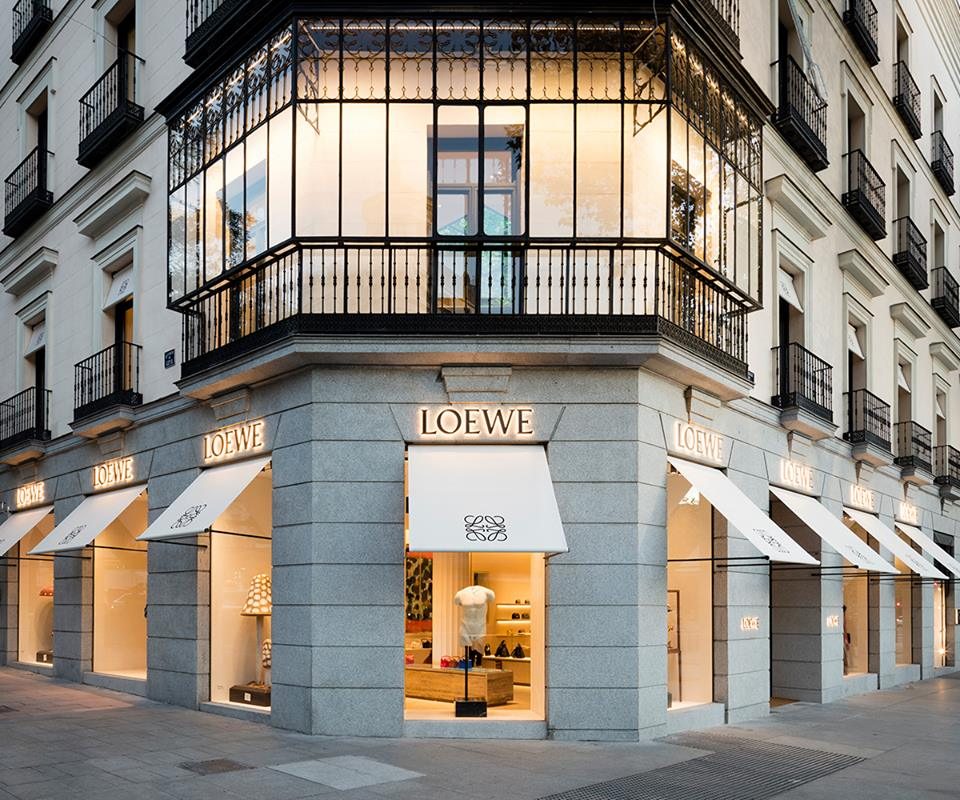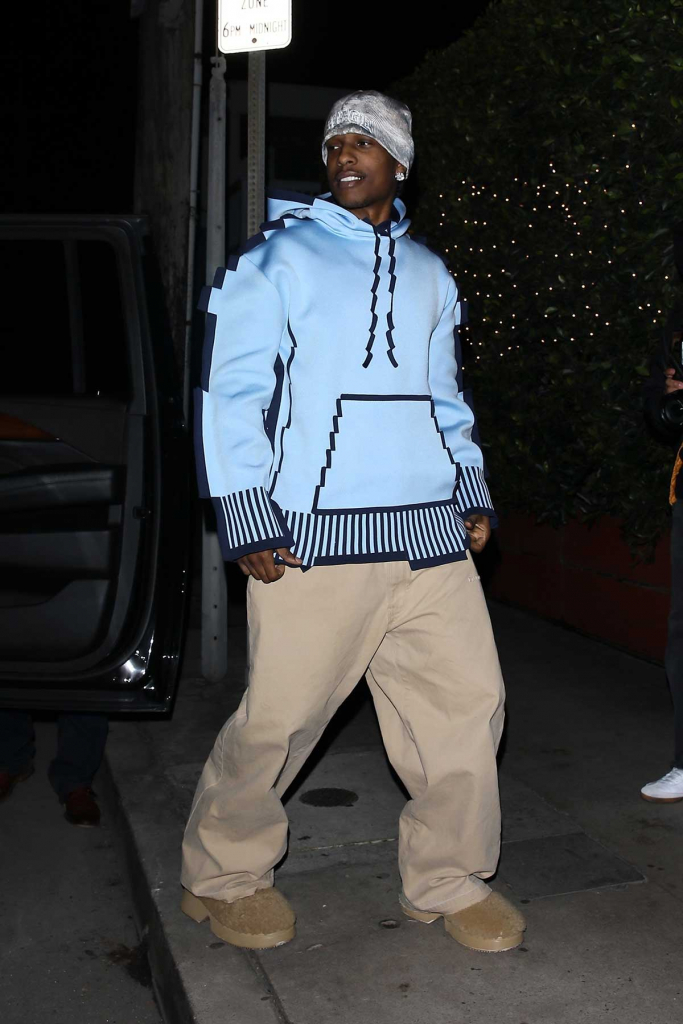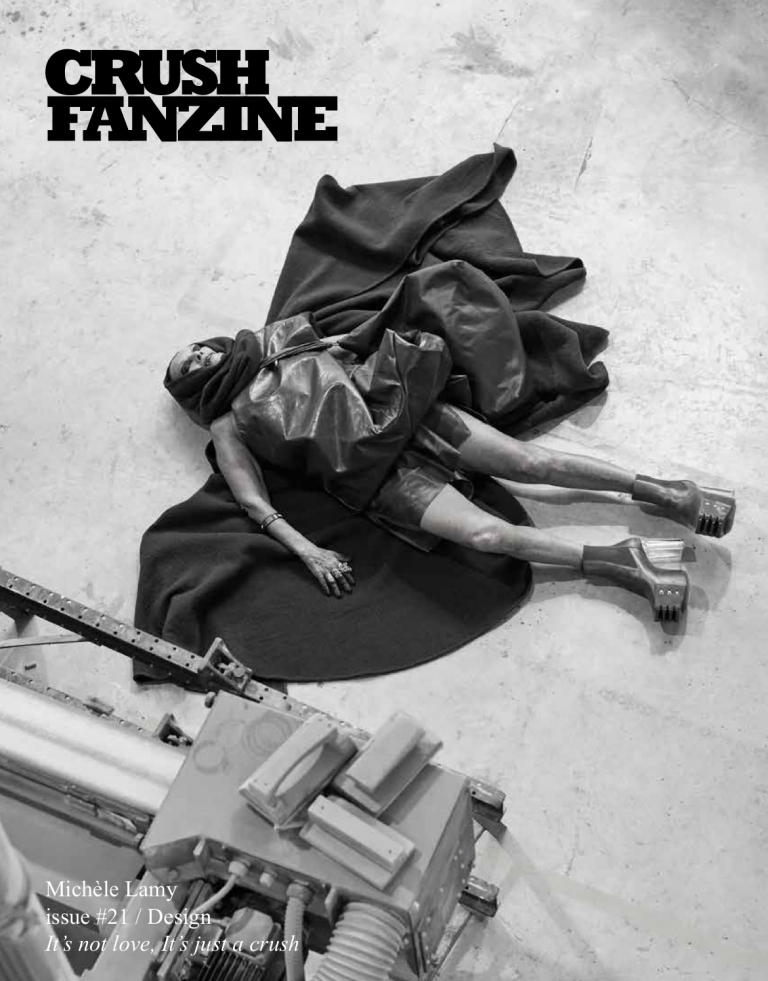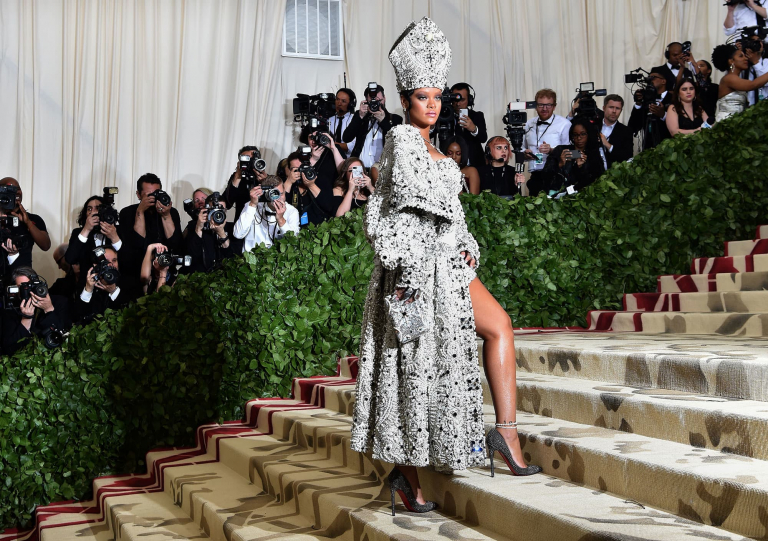When we think about Loewe and its transformations, we know that impact, strength and beauty go together.
Loewe Transformations
It has not even been a month since superstar Zendaya almost broke the fashion internet with yet another look. A rather simple white dress with a side slit down the leg. But, the kicker? A giant anthurium making up the garment’s upper half. Of course, it could have only been Loewe.

Yes, the brand has been practically everywhere lately. Its surreal nature, as seen in the uncanny deflated-balloon-shoes of its SS 2023 collection, is its defining feature. And this shock value has proved so popular, that even Diet Prada has given Loewe its stamp of approval. In short, it’s a total success.
However, the brand’s recent rise to the top does not really translate novelty. For Loewe is a whopping 176 years old—making it one of the oldest luxury brands in the world. So, how to explain the newfound mainstream success?
Here’s the history of Loewe.
Loewe’s Ancient Past
Much like the classics of luxury—Hermes, Louis Vuitton, Gucci—Loewe started with leather. Indeed, at its mid-18th century birth, the company was a workshop of small leather goods, crafted specifically for Spanish royalty. Though based in Madrid, it was bought by German-born Enrique Loewe in 1872, giving it its German name.

Such beginnings constructed a very specific path for Loewe: the continuous production of luxury leather for about 100 years. The Spanish royalty remained its primary customer, and it remained as niche as can be.
It was only in 1965, in an effort of revitalization, that the house introduced a ready-to-wear line. Some years later, in 1975, came the famous Amazona bag, imagined as an accessory for the working woman. The popularity of the Amazona propelled the company into the larger fashion conversation, setting up what was about to come. Because in 1996, LVMH acquired Loewe, and a new chapter began.
A Resurrection
The Vevers Era
LVMH’s strategy of rejuvenation has proved to be a success, time and time again. Plucking young designers out of crowds and naming them creative directors of old brands is shockingly effective, it would seem. For Loewe specifically, this process was quite extensive.
The brand went through different creative directors, each contributing to the growth of the brand differently. But it wasn’t until Stuart Vevers took charge in 2007 that the house began taking the shape it currently has.
Through a sharper focus on clothes, the designer pushed Loewe further into the limelight. He privileged fluidity and femininity, with great success. Discreet-chic reigned within the brand, until Vevers stepped down from his role in 2013.
Anderson’s Complete Revival
JW Anderson’s 2013 arrival to Loewe changed its destiny forever. The designer had a fresh vision, accompanied by years of experience running his own house. Thus, he came bearing innovation, establishing a menswear line and widening Loewe’s aesthetic to a more contemporary one.
This, of course, happened only progressively. The brand’s client base was generally conservative at the time, so Anderson had to uphold tradition to a certain extent. The change was thus not overnight, but began with the designer giving an edge to conservatism.
Fast-forward to the house’s spring/summer 2016 collection, and Loewe was making pop culture references left and right. It was all about experimentation; all about everything. The question was to determine what was right or wrong for the house, who’s ready-to-wear DNA was still relatively young.
It was around this same time that big rappers like Pusha T and A$AP Rocky began wearing Loewe. Hip-hop’s ties to fashion, its democratizing effects, allowed the brand to appeal to younger generations. Thus, the brand became mainstream cool.

The New Loewe
A Never-Ending Commitment to Craftsmanship
Though JW Anderson changed the course of Loewe, he also held on to what was always at its core. The importance of craft, that is. Today, Loewe is still widely known for its leather goods. For after the Amazona came the Puzzle bag, now seen as an ‘it’ bag. Introduced in 2015 and handcrafted from nine leather pieces, the Puzzle makes a point of its own craftly merit.
Also worth noting are the purposefully inconspicuous Gate bag and, most importantly, the Basket bag. The latter, perhaps the most iconic of all, is an elevated version of the woven palm-leaf bag. Its simplicity, impressive craftsmanship and variety make it ever-popular. Furthermore, committing to sustainability, Loewe recently released a leather woven version of it, made entirely from scraps.
Then there is the Loewe Foundation’s Craft Prize, which aims to support artisans who demonstrate excellence in their craft. The pieces can vary in nature and category, but what’s most important to Anderson is to spur creativity. To not only catalyze the proliferation of any kind of craftsmanship, but also expand what a brand can be.
A Cultural Brand
JW Anderson has previously stated his mission to make Loewe not just a brand, but a cultural brand. And surely, though a luxury fashion house, Loewe has invested in all the arts that surround the making of a collection.
Take the presentation of Loewe’s men’s spring 2021 collection, which took the form of a “show in a box”. Accompanied by video content of Anderson in conversation with collaborators, the box contained miscellaneous objects. Included were posters, sheet music, scented ceramic, a tool bag, scissors, wallpaper, etc… Each guest received one box, the point of which was to highlight the collaborative process of creating a collection. The concept aimed to remark that Loewe is not only the clothes, but also people, the process, the objects, etc…
Similarly, the house’s latest collection puts as much emphasis on the clothes as on the concepts they represent. Placed on the runway, an enormous sculpture of an anthurium added to the collection, representing the “natural fake” at its core. Garments that mimic pixels and internal structures that make dresses float all accentuate Loewe’s anchoring in the conceptual.
All and all, Loewe’s exploration of a plethora of different territories might be what makes it so special. It allows it to appeal to a wider audience, and to tap into the different themes of our chaotic time. Really, it’s no wonder it is so popular.
Like this article? Check out The History Behind Schiaparelli.






